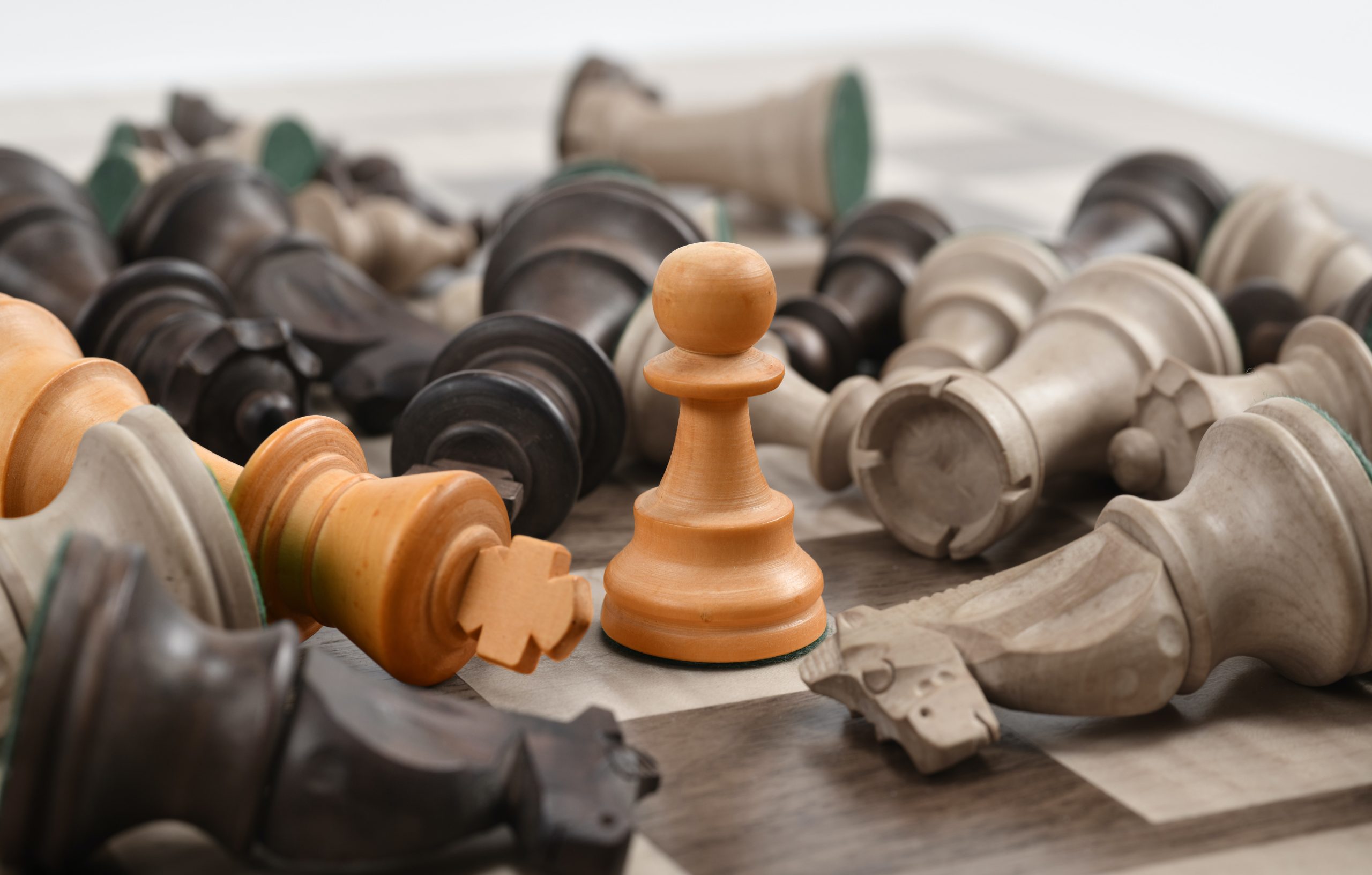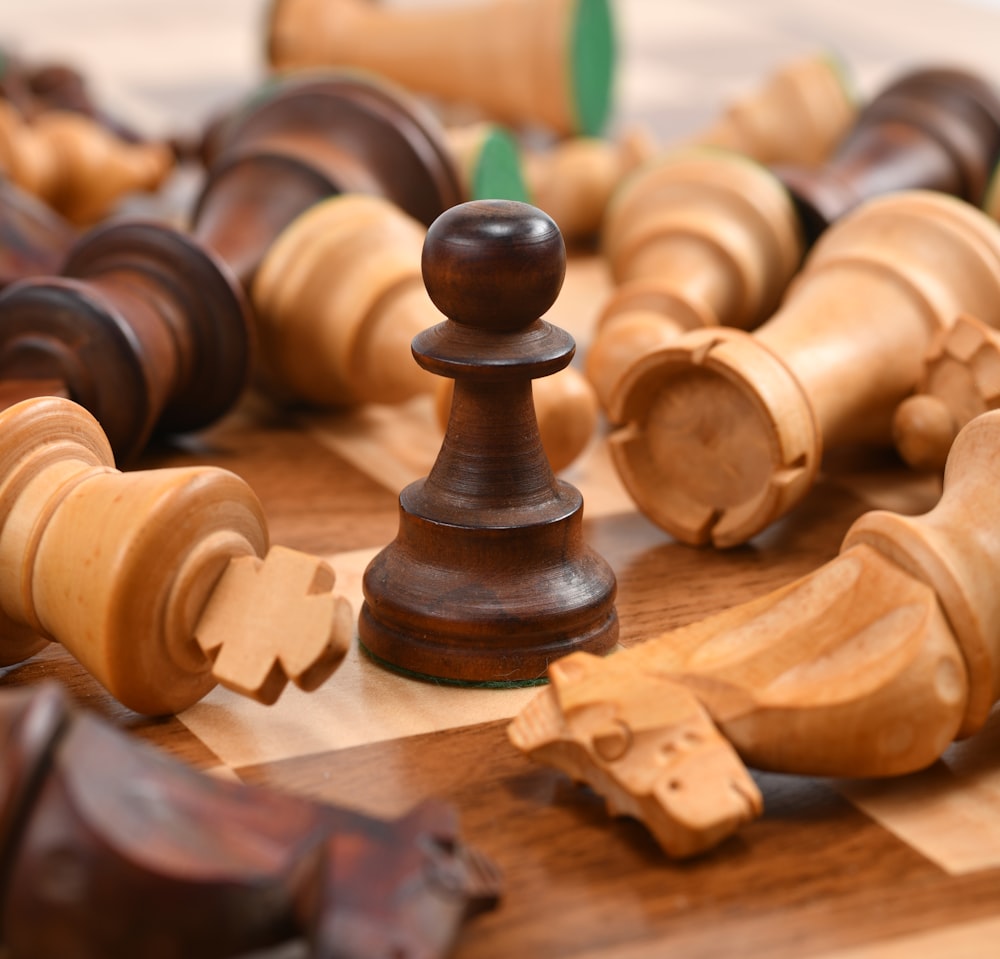

The “Turing Test,” made famous by the English Computer Scientist Alan Turing, who pioneered Artificial Intelligence (AI) studies, was the first test to distinguish between Artificial Intelligence (AI) and a human. One of the most used test objects in this field, which developed under the leadership of Turing, was chess. This game was an ideal sampling area for mathematics and computer science scientists, thanks to its simple rules, its nature with easily measurable dynamics, and its move options that include so many equations. It is impossible to define chess as just a game wholly based on calculation, tactics, strategy, and knowledge without the luck factor. The chessboard is perhaps one of the most crucial competition areas where the phenomenon of “people against robots” becomes a reality.
Kasparov vs. Deep Blue: Chess and Artificial Intelligence
Kasparov’s chess career coincided with the years when developments in computer science, especially in the USA, accelerated, and Artificial Intelligence (AI) programs gained momentum with the support of private companies and the state. The Deep Blue computer program was a chess program run by a supercomputer that IBM created by investing millions of dollars. There were tens of thousands of matches played and recorded for hundreds of years in the program, and thanks to many complex algorithms, the moves made in these matches and the direction of the game as a result of these moves were measured. For example, let’s consider a position reached by making the same moves hundreds of times in thousands of tournaments held in the last fifty years worldwide. The computer created all these same moves made by different top players in other years. In each game added to the program, the correctness/falseness of this last move was expressed in a mathematical language by considering essential elements such as who took the material advantage and who won as a result of the different moves made following these same moves. In short, all the players’ activities from the beginning to the end of the game were analyzed by a database with hundreds of thousands of games loaded, and the effectiveness of each move was calculated mathematically.

During this time, even the simplest versions of chess programs on mobile phones, which have progressed in parallel with technological developments, can make deeper analyzes than Deep Blue. So now humanity has no chance against Artificial Intelligence (AI) chess programs, even the highest–rated grandmaster. However, Kasparov does not see this as a defeat. On the contrary, he believes that as long as there are people who build these machines and write the programs, all these technologies are beneficial for the development of humanity and that we will live in fear of robots taking over the world, as in the Terminator movie, and that we should make the world a better place by using them in the best way possible. For Kasparov, this situation is not a war of humanity with robots but a decision people must make about whether they will be open to progress and development.




